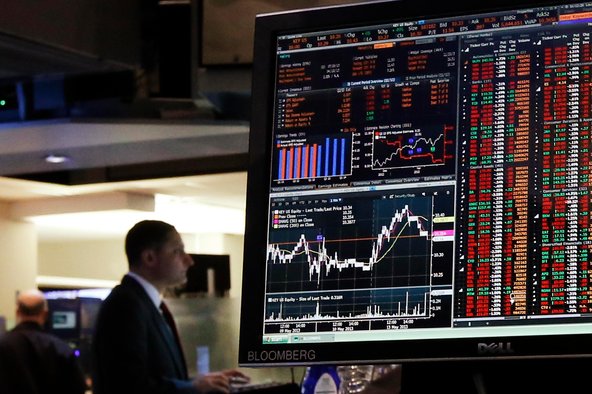The Institute for Supply Management, a trade group of purchasing managers, said Tuesday that its manufacturing index rose to 55.7 in August from 55.4 in July. That was higher than the index’s 12-month average of 52. A reading above 50 indicates growth.
A gauge of new orders rose nearly five points to 63.2, the highest level in more than two years. However, production increased more slowly than in July, and factories added jobs at a weaker rate. Despite the drop, production reached its highest level in two-and-a-half years.
The overall improvement contrasted with other recent reports that had pointed to a slowdown in manufacturing. The institute’s survey found broad-based growth, with 15 out of 18 industries reporting expansion and only one reporting contraction. That suggested that factory production could accelerate.
“The data unambiguously point to a pickup,” Jim O’Sullivan, an economist at High Frequency Economics, said in a note to clients.
The Federal Reserve will closely examine the report, released two weeks before Fed policy makers will decide whether to slow their bond-buying program. The Fed chairman, Ben S. Bernanke, has said the central bank would scale back its purchases this year if the economy continued to strengthen. The monthly bond purchases worth $85 billion have been intended to keep interest rates low.
The jobs report for August, to be released Friday, is the most important remaining economic report the Fed will consider.
Orders from overseas also rose, a sign that improving economies in Europe and China may be bolstering American manufacturers. The economies of the 17 countries in the European Union that use the euro grew in the April-June quarter after six quarters of recession.
And a private survey of purchasing managers in China found that manufacturing in that country expanded after shrinking for the three previous months.

Article source: http://www.nytimes.com/2013/09/04/business/economy/manufacturing-data-points-to-an-economy-gaining-speed.html?partner=rss&emc=rss




